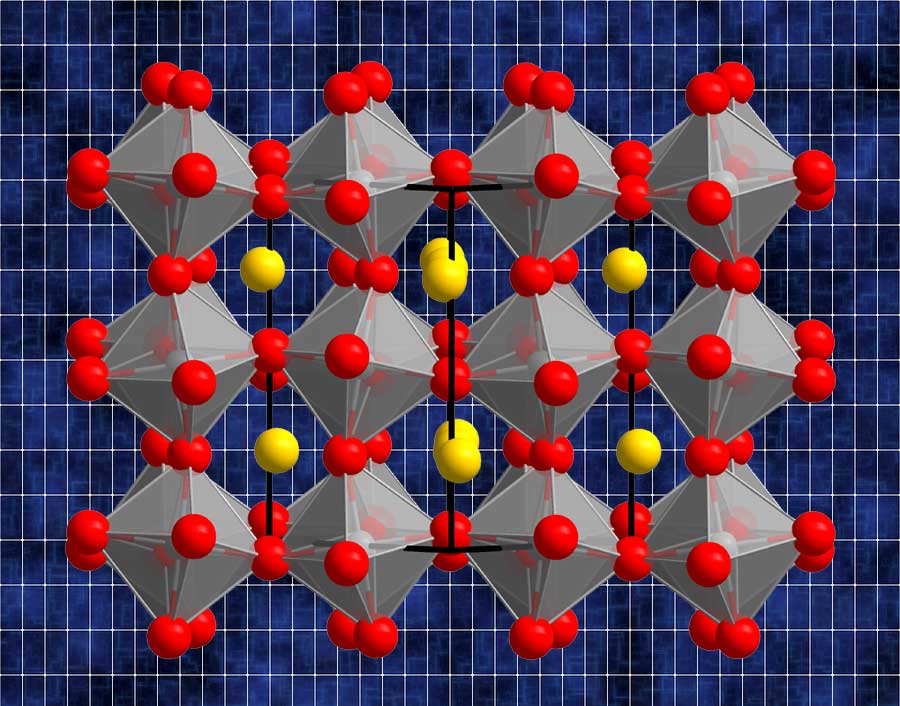
Another breakthrough on the road to cheap, efficient perovskite solar cells
A combined Australian and Chinese team has developed a water-resistant perovskite solar cell using a specially-designed dipping technique. The new technology will dramatically boost the humidity tolerance of the cells, the lack of which was previously considered a stumbling block to commercialisation.
“We invented a dipping technique capable of functionalising perovskite films prepared by any reported methods in a simple and effective manner,” says Hui Jun Zhao from the Centre for Clean Environment and Energy at Griffith University, Australia.
So why the need for weatherproofing? Perovskite — which refers to the type of crystal structure of the material — has been the focus of some excitement in photovoltaic circles as a more efficient replacement for silicon. There have been questions raised about the ability of the material to operate effectively under humid conditions.
However the design of a specialised “dipping technique” from the team will help to overcome the humidity problem. Once Zhao and his team of researchers found that water molecules had been absorbed into the perovskite’s surface through lead, they realised they’d need to think outside the square to solve the problem.
How they did so is explained by the respected Chemistry World site: “…such [perovskite] cells typically have a methylammonium lead iodide (CH3NH3PbI3) structure, which previous groups have attempted to modify or change completely in order to improve its stability”.
The publication went on to explain the team “… dipped a perovskite film into an alkyl ammonium iodide isopropanol solution for 20 seconds, allowing the alkyl ammonium cations to functionalise the surface. The film was then rinsed with an isopropanol solution and dried. This modified surface prevents moisture from penetrating the film and reacting with lead cations to form degradation products, such as PbI2”.
The breakthrough is the latest move to develop alternatives to silicon in solar cells. Perovskite is considered the “next big thing” in photovoltaics, due to the material’s availability and potential efficiency in turning sunlight into energy. The team’s work will give the dream of viable, commercially-available solar cells made from these materials a boost. With such a high-performance, water-resistant perovskite solar cell available on the market, the stage is set for the mother of all efficiency battles between silicon and perovskite-based materials as preferred option. Who’s your money on?

 RSS - Posts
RSS - Posts



Speak Your Mind